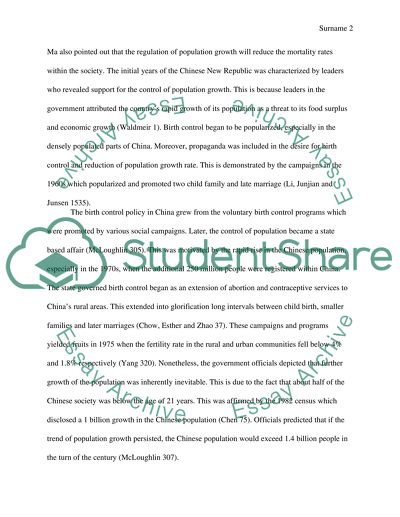Cite this document
(“Impact of One Child Policy for Chinese Society Research Paper”, n.d.)
Impact of One Child Policy for Chinese Society Research Paper. Retrieved from https://studentshare.org/geography/1455349-the-impact-of-one-child-policy-for-china-society
Impact of One Child Policy for Chinese Society Research Paper. Retrieved from https://studentshare.org/geography/1455349-the-impact-of-one-child-policy-for-china-society
(Impact of One Child Policy for Chinese Society Research Paper)
Impact of One Child Policy for Chinese Society Research Paper. https://studentshare.org/geography/1455349-the-impact-of-one-child-policy-for-china-society.
Impact of One Child Policy for Chinese Society Research Paper. https://studentshare.org/geography/1455349-the-impact-of-one-child-policy-for-china-society.
“Impact of One Child Policy for Chinese Society Research Paper”, n.d. https://studentshare.org/geography/1455349-the-impact-of-one-child-policy-for-china-society.


